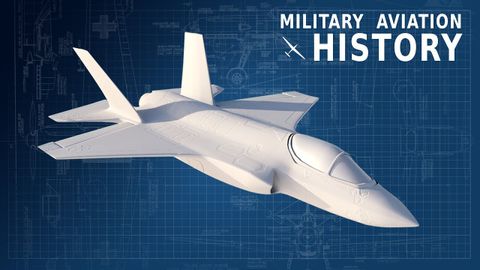12分(Military Aviation History in 12 min | Military aircraft evolution explained)
menghsuan228 發佈於 2022 年 08 月 21 日  沒有此條件下的單字
沒有此條件下的單字US /pəˈtɛnʃəl/
・
UK /pəˈtenʃl/
- adj.可能的;潛在的;潛在的
- n. (u.)潛力,潛能
- n. (c./u.)潛力;潛能;潛在候選人;勢
- n. (c./u.)公有地;公共用地;廣場
- adj.共用的;常見的;普通的;普遍的;粗俗的;普通名詞
US /fɔrs, fors/
・
UK /fɔ:s/
- n.軍隊;力;強迫;武力;影響力;力量;警力
- v.t.被迫;強行打開;催生
US /ˈdʒɛnərəl/
・
UK /'dʒenrəl/
- adj.一種常見的做法,整體;籠統的;廣泛適用的;總指揮的
- n. (c.)將軍
- n. (c./u.)大眾;一般研究領域

